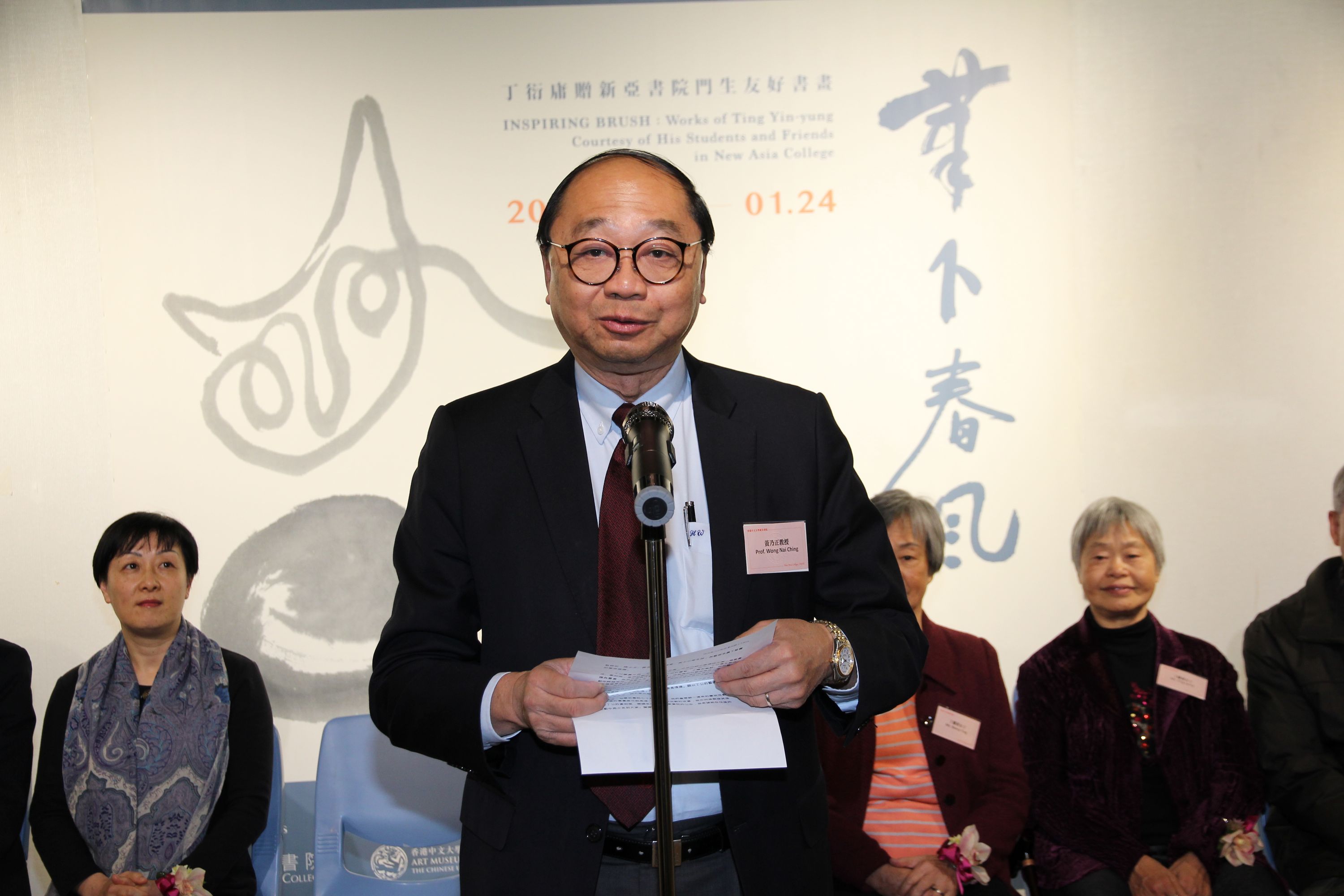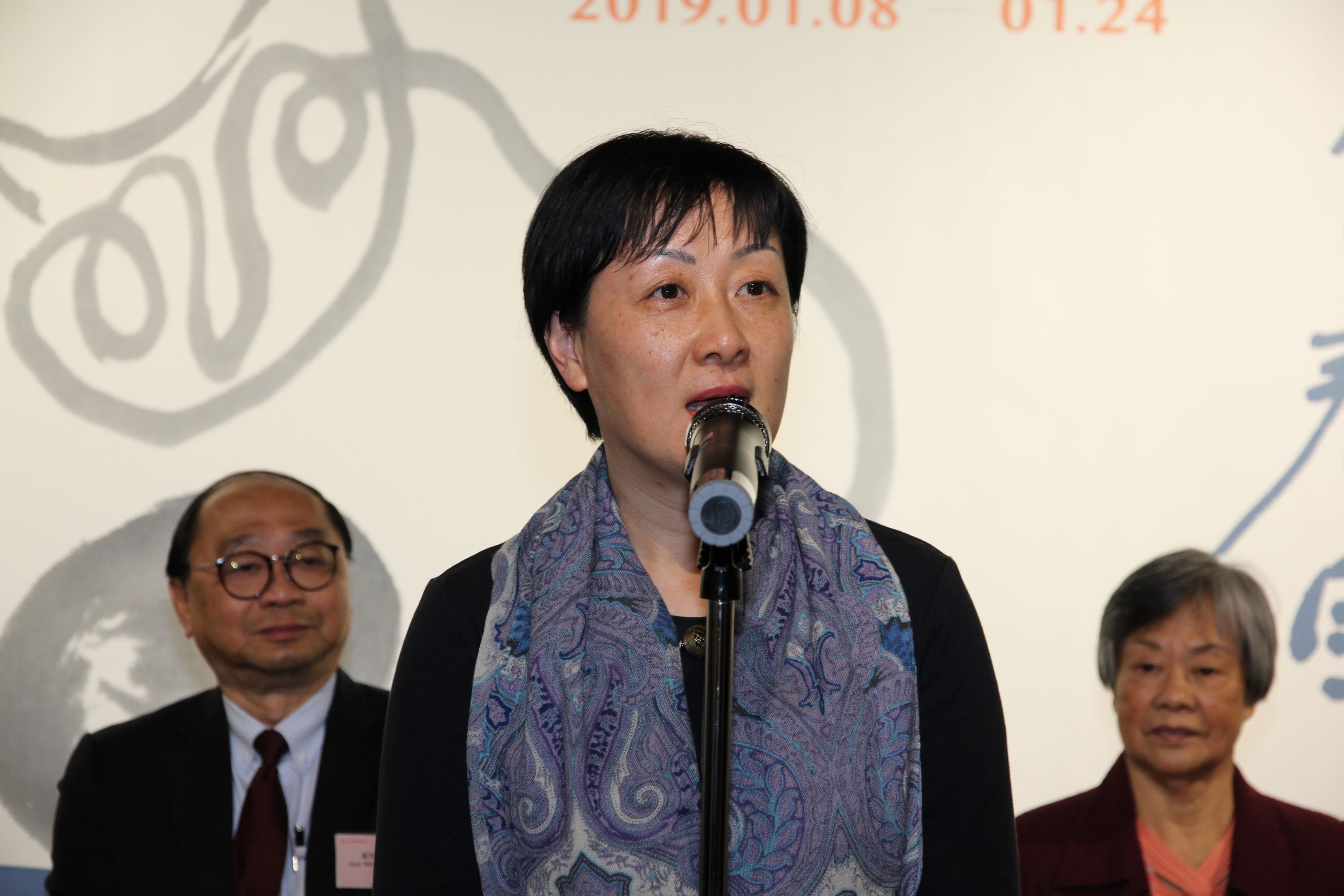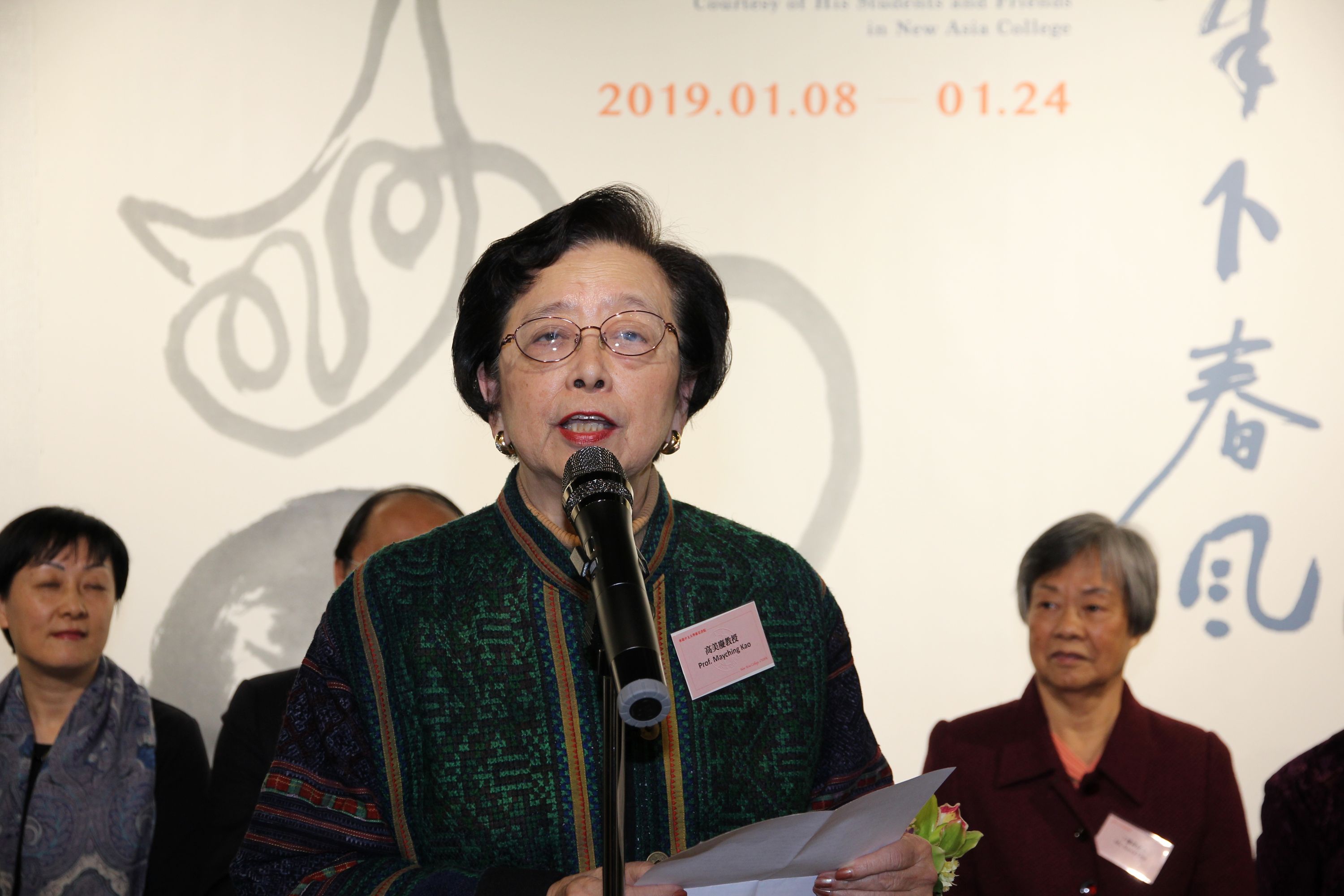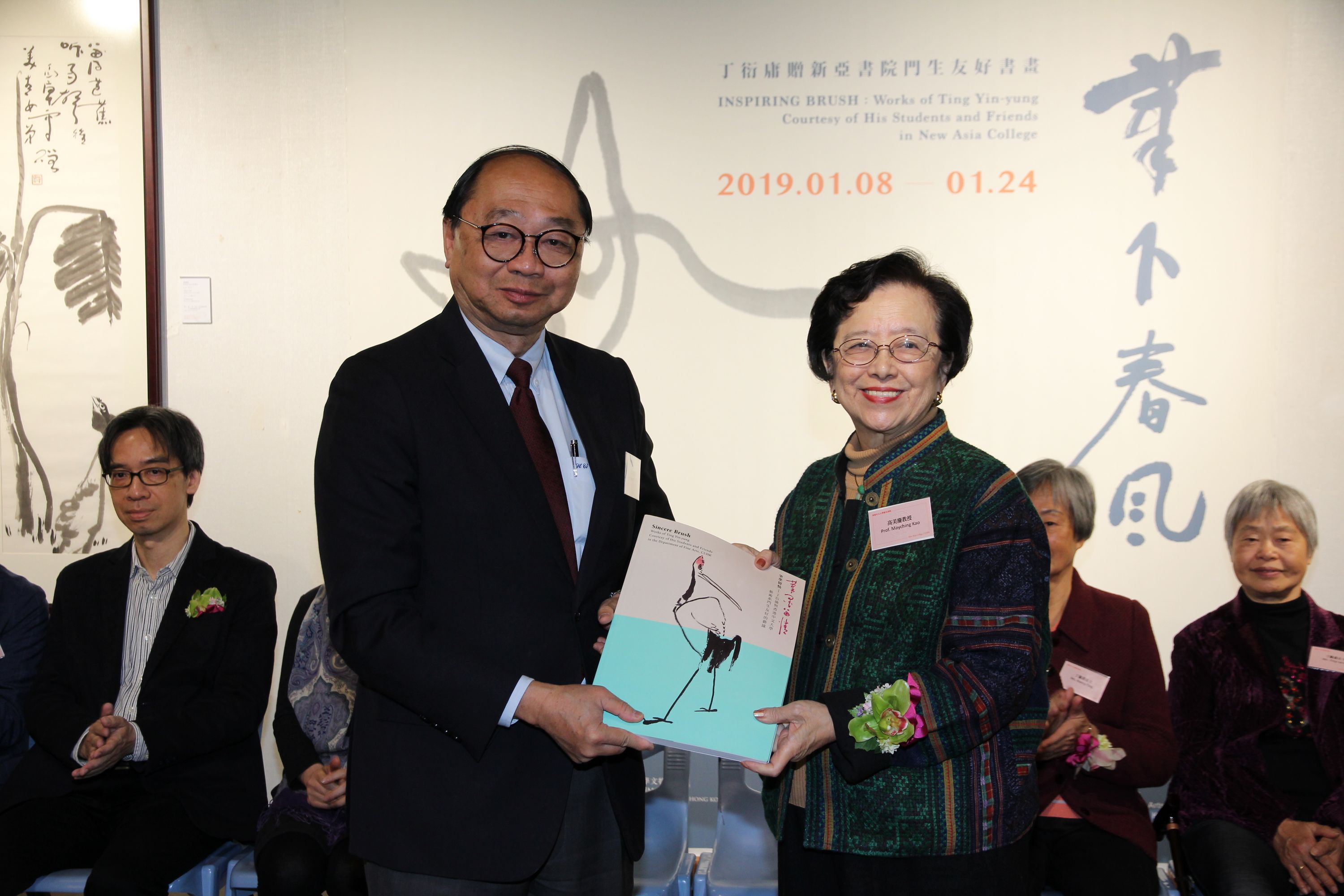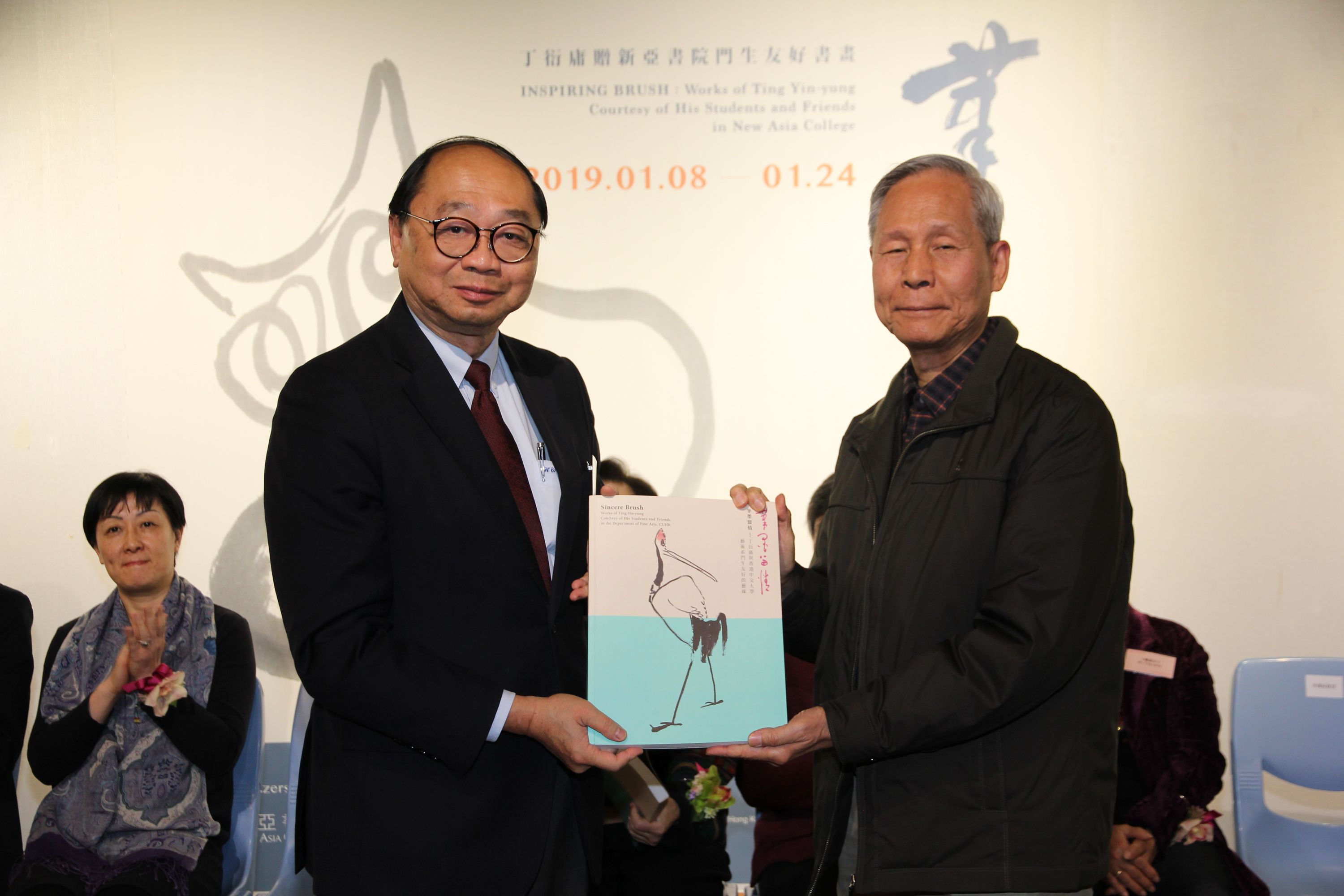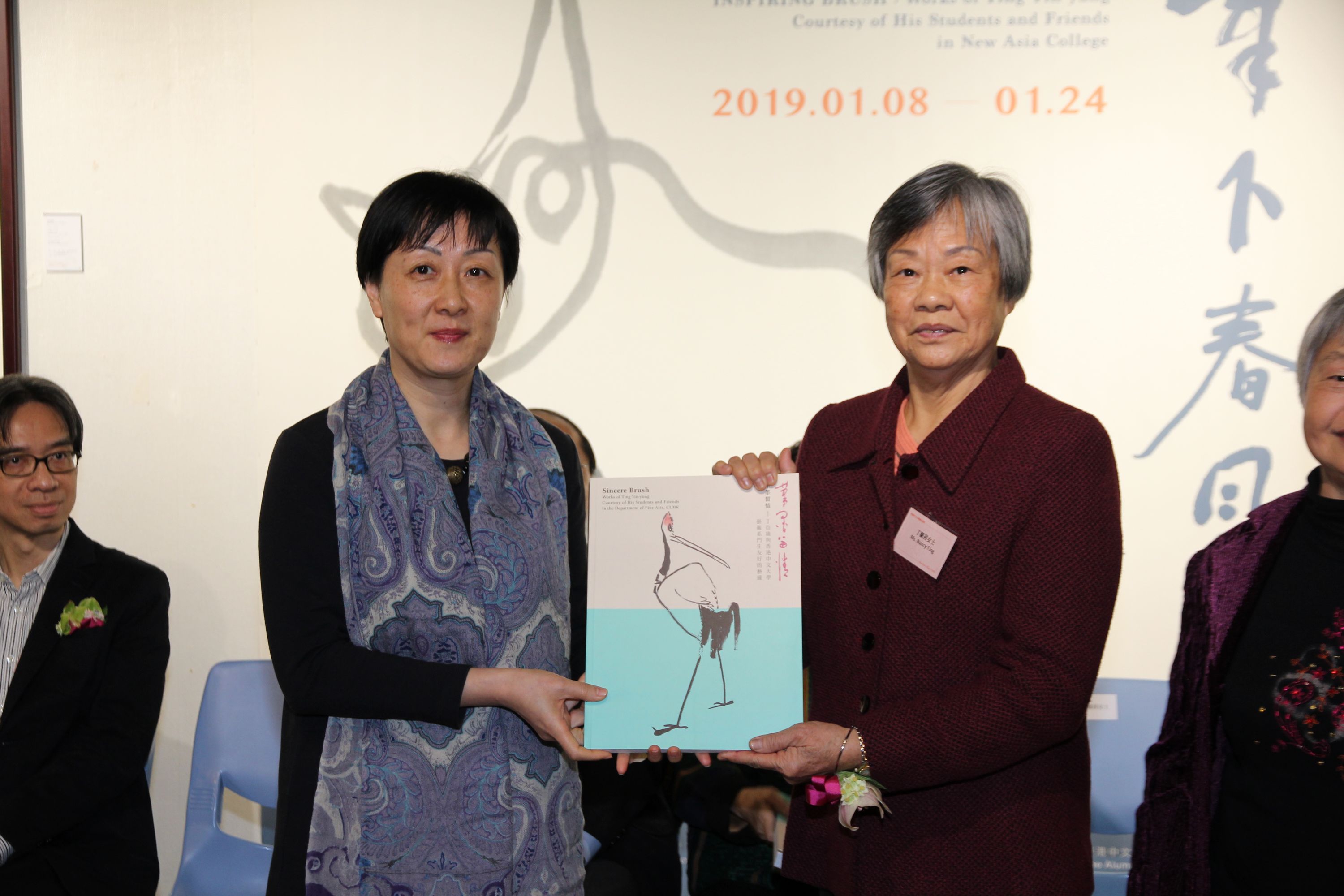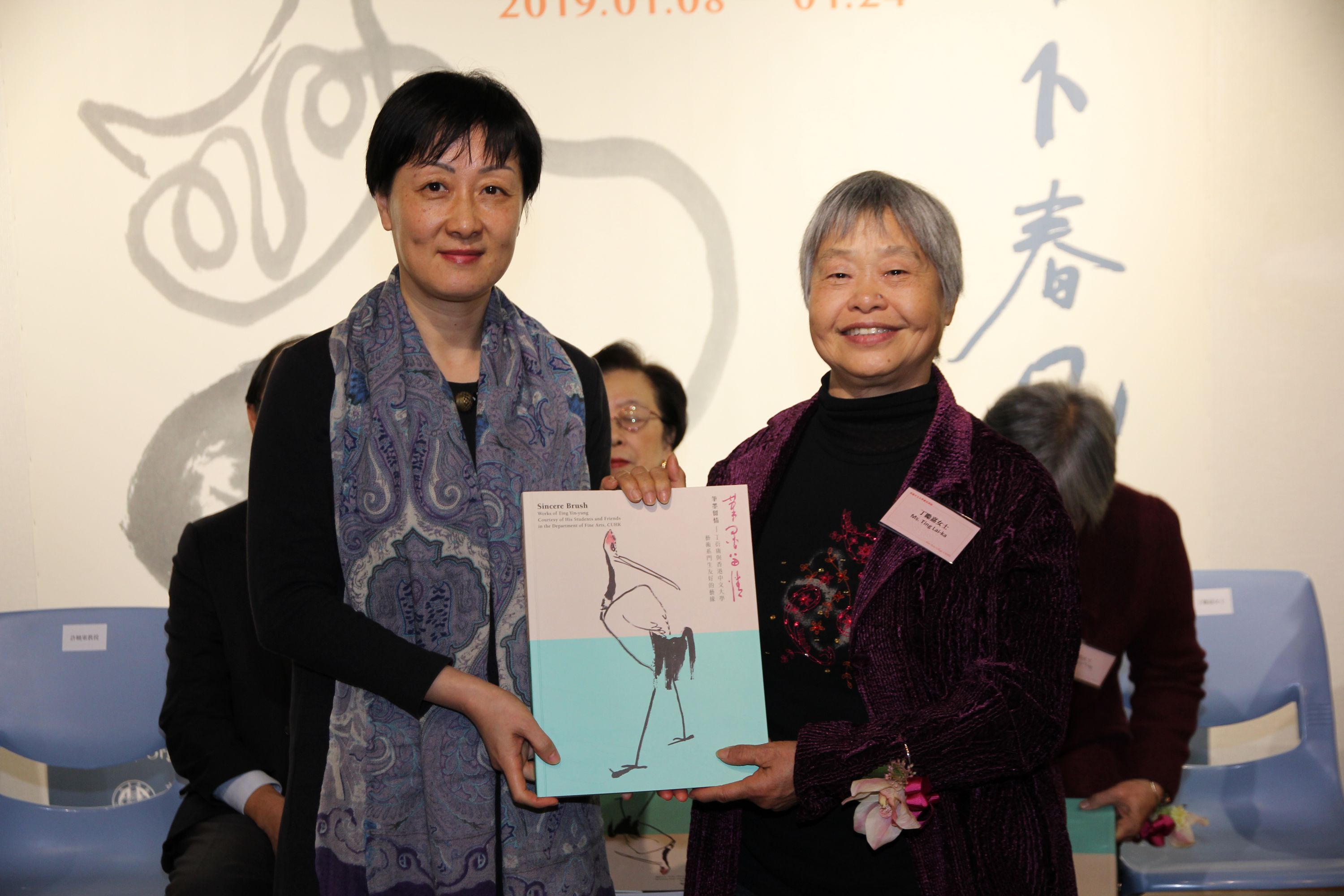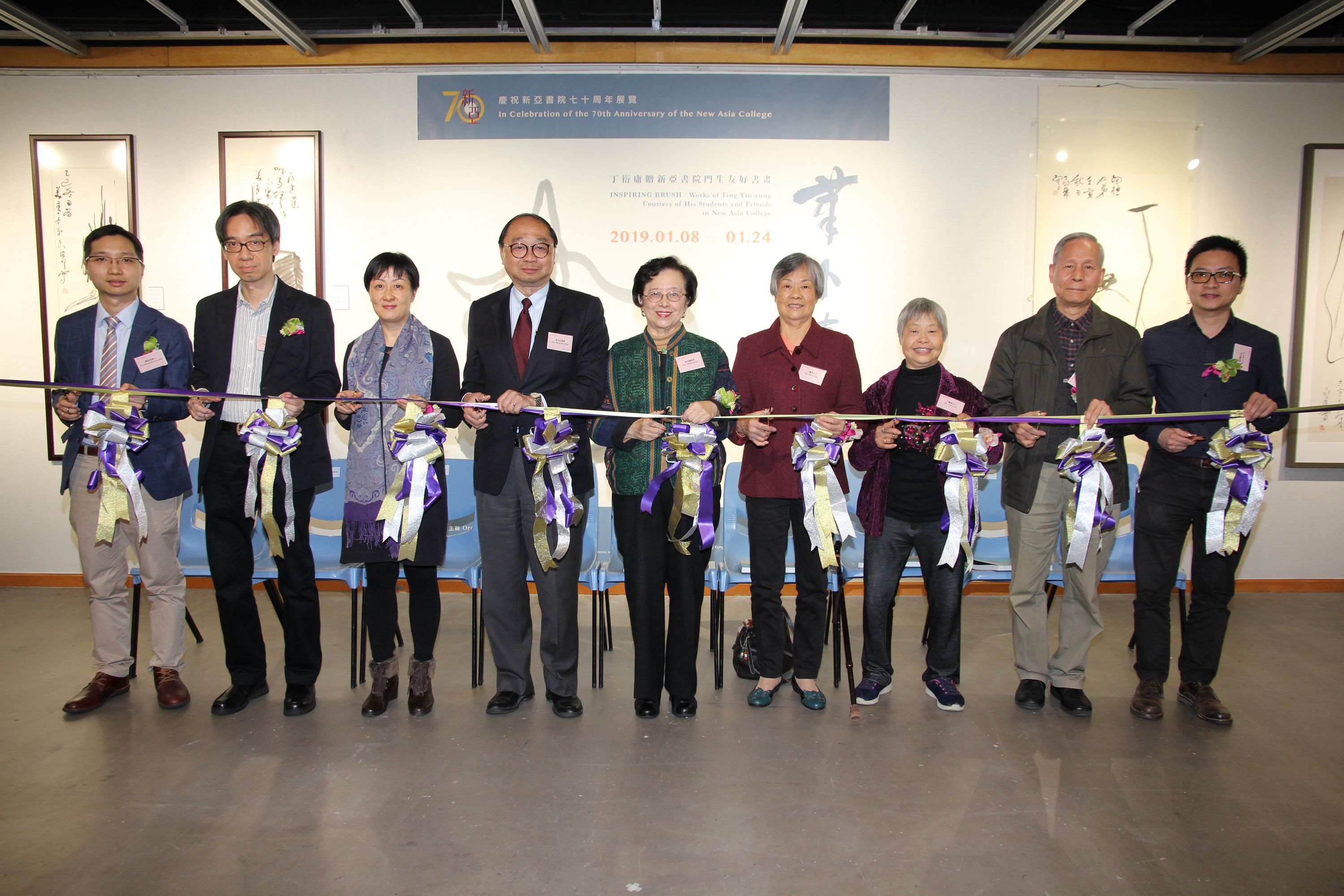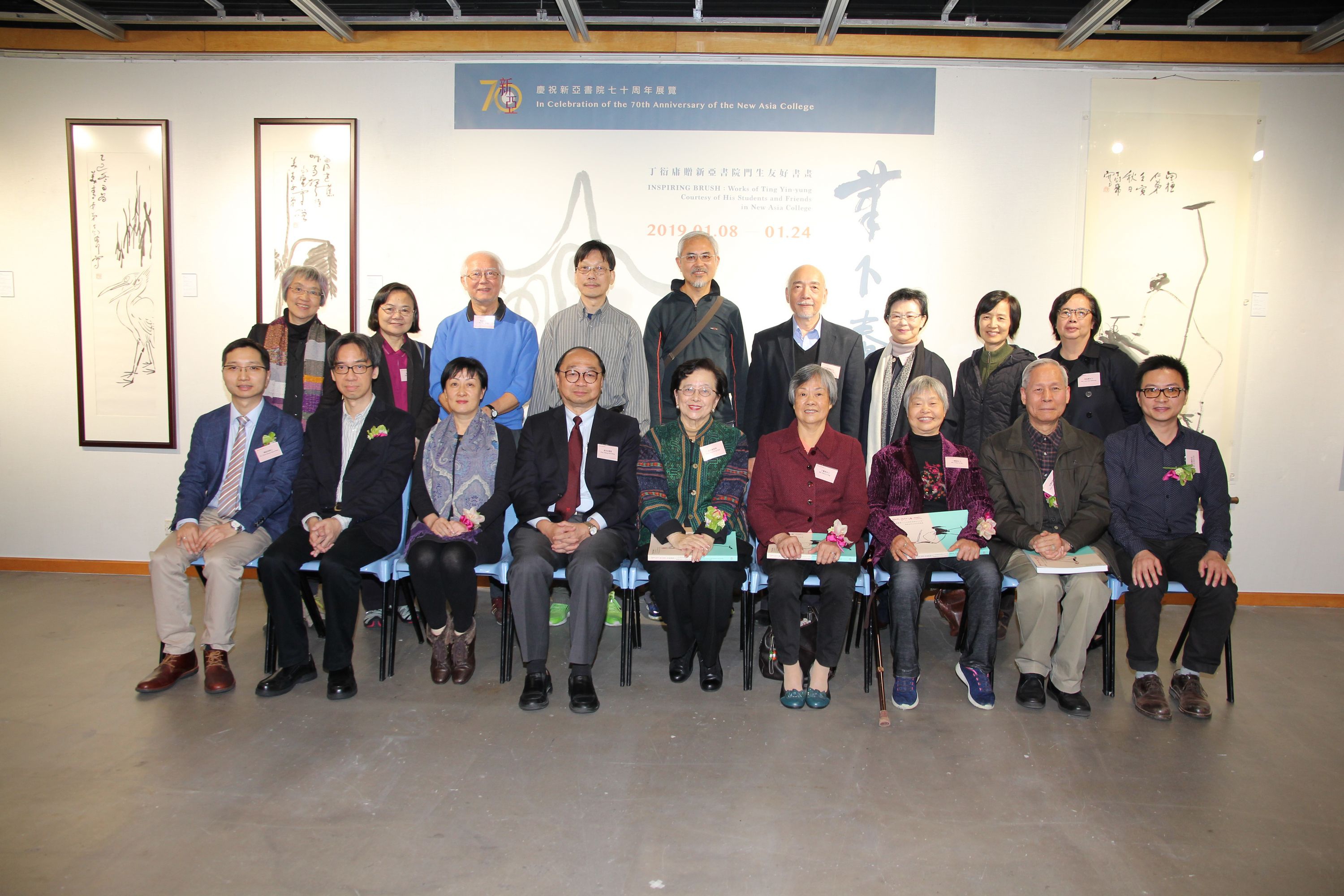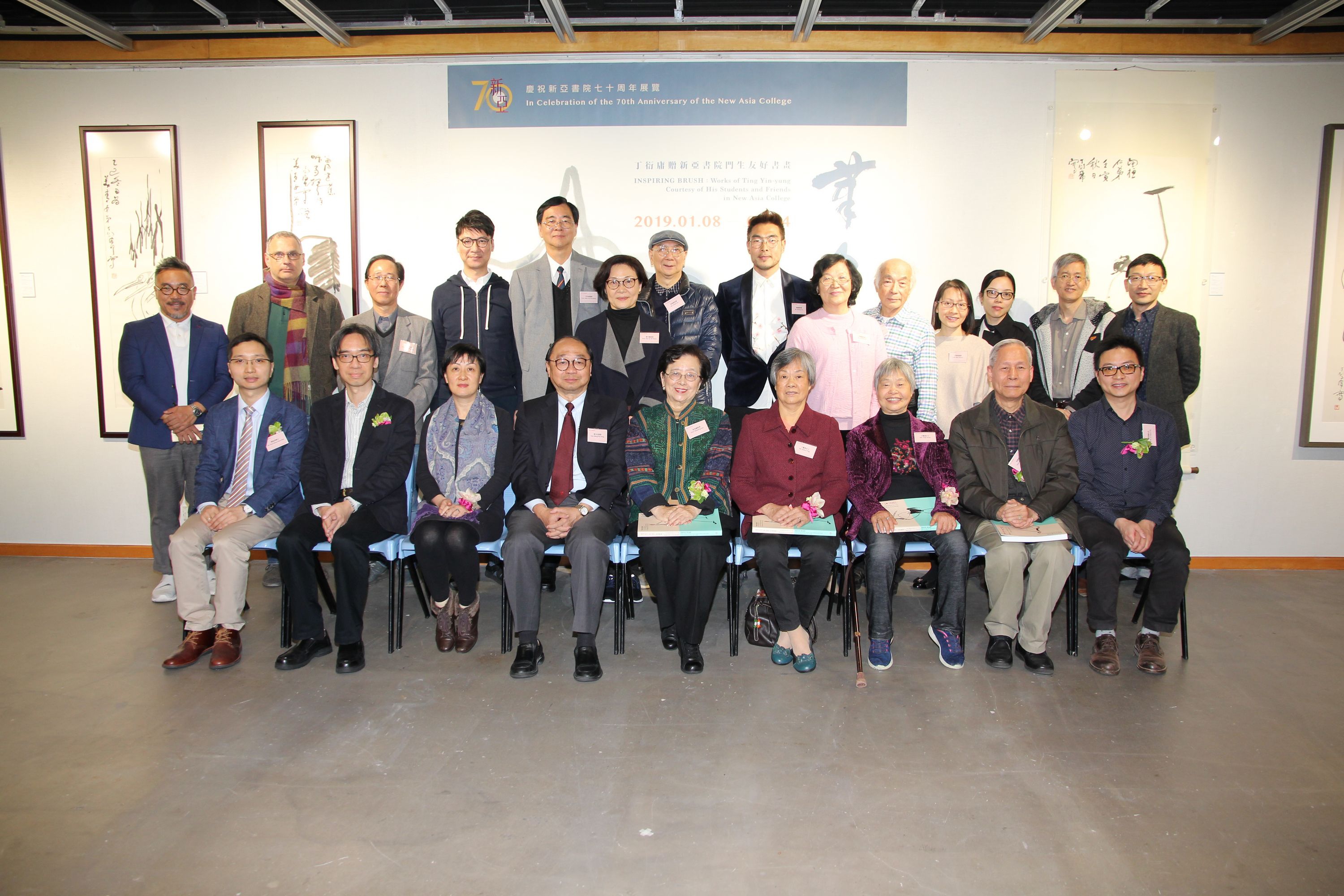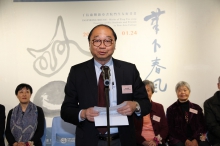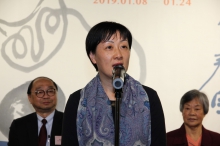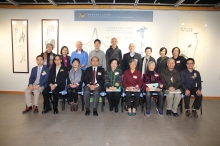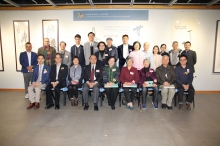News Centre
New Asia College and Art Museum Co-organise Exhibition on Works of Ting Yin-yung to Celebrate the 70th Anniversary of New Asia College
The year 2018 marked the fortieth anniversary of Ting Yin-yung’s passing. To commemorate his life and works, Ting’s former students and friends at the Department of Fine Arts, The Chinese University of Hong Kong (CUHK), have donated 107 items of Ting’s works to the Art Museum for the exhibition, “Sincere Brush: Works of Ting Yin-yung Courtesy of His Students and Friends from the Department of Fine Arts, CUHK”.
The exhibition touched the audience, and received a great response. However, due to the space constraint, not all donations were exhibited. On the occasion of the seventieth anniversary of New Asia College, 38 items of these works are selected again for exhibition, among which 16 works were not displayed before. The exhibits were composed between 1962 and 1978 when Ting was a faculty at the Department. It was also the period when he reached the peak of his artistry. One can also catch a glimpse of his ingenuousness and sincere compassion for his students. Over those times of hardship, Ting embarked on a long artistic journey to straddle the realms of both Chinese and Western art. He had indeed put into practice the spirit of “weathering hardships” advocated by New Asia College. The artistic and moral merits of Ting, as well as the lasting bond with his students and friends also highlight the treasured spirit of New Asia College. Members of the public are welcome to visit the exhibition. Admission is free.
The opening ceremony for the exhibition was held on 8 January 2019. The officiating guests included the daughters of Ting Yin-yung – Ting Lan-sai and Ting Lai-kar; Prof. Mayching Kao, Honorary Fellow of CUHK, Honorary Fellow of New Asia College and Former Director of the Art Museum; Prof. Lee Yun-woon, former Chair of the Department of Fine Arts, CUHK; Prof. Henry Wong, Head of New Asia College, CUHK; Prof. Xu Xiaodong, Associate Director of the Art Museum, CUHK; Prof. Harold Mok, Chair of New Asia College 70th Anniversary Sub-committee on Exhibitions and Souvenirs, and Professor of the Department of Fine Arts; Mr. Lo Kwan-chi, Associate Chairman of The Alumni Association of the Fine Arts Department, CUHK; Dr. Phil Chan, Painting and Calligraphy Research-Assistant Curator of the Art Museum, CUHK.
Ting Yin-yung (1902-1978), courtesy names Shudan and Jibo, was a native of Maopo Village in Xieji Town, Maoming (in present-day Gaozhou), Guangdong province. Returning to China after his studies in Japan in 1920–1925, Ting worked in the field of art in Shanghai, Guangzhou and Chongqing before settling in Hong Kong in 1949. Starting his career with oil painting, he was hailed as the “Eastern Matisse” after the French Fauvist painter Henri Matisse (1896-1954) whose work he appreciated especially. He later turned to traditional Chinese ink painting, as well as calligraphy and seal-carving, heavily influenced by Bada Shanren (1626-1705) of the late Ming and early Qing period, which earned him a reputation as the “Modern Bada Shanren”. Ting’s art is particularly noted for transcending the East-West divide, with delightful innovations on time-worn subjects. His expressive ink painting, executed with simple, child-like brushstrokes, marks him, by common assent, as a major pioneer in twentieth-century Chinese painting.
In 1956, Ting was invited by Ch’ien Mu (1895-1990) to join New Asia College and took part in the founding of the two-year Fine Arts Specialised Training Programme. The Programme was established in February 1957, and developed into a four-year undergraduate degree programme in 1959. Upon the establishment of CUHK in 1963, New Asia College was made one of its constituent colleges, and the Department of Fine Arts thus became the first visual arts department at a tertiary institute in Hong Kong. Ting taught as a founding faculty of the Department for twenty-one years (1957-1978), making a signal contribution to tertiary art education in Hong Kong. Known among his student as “Master Ting” (Ding gong), he was a popular and respected teacher. Ting’s class often consisted of a hands-on demonstration. He also made impromptu compositions on subjects requested by students. Swift with his brushwork, Ting left behind myriad works of diverse subjects, with occasional inventive streaks, which he mostly presented to students in his classes. Such generosity ensured the large circulation of his painting.
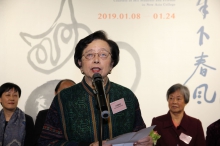
Prof. Mayching Kao, Honorary Fellow of CUHK, Honorary Fellow of New Asia College and Former Director of Art Museum, CUHK delivers a speech.
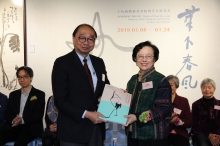
Prof. Henry Wong, Head of New Asia College, CUHK presents a souvenir to donors’ representative, Prof. Mayching Kao, Honorary Fellow of CUHK, Honorary Fellow of New Asia College and Former Director of the Art Museum, CUHK.
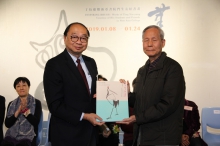
Prof. Henry Wong, Head of New Asia College, CUHK presents a souvenir to Prof. Lee Yun-woon, former Chair of the Department of Fine Arts, CUHK.
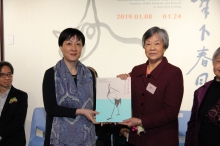
Prof. Xu Xiaodong, Associate Director of the Art Museum, CUHK presents a souvenir to Ting Lan-sai, a daughter of Ting Yin-yung.
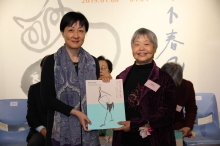
Prof. Xu Xiaodong, Associate Director of the Art Museum, CUHK presents a souvenir to Ting Lai-ka, a daughter of Ting Yin-yung.
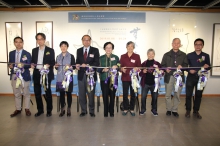
(From left) The ribbon cutting guests include: Dr. Phil Chan, Painting and Calligraphy Research-Assistant Curator of the Art Museum, CUHK; Prof. Harold Mok, Chair of the New Asia College 70th Anniversary Sub-committee on Exhibitions and Souvenirs, and Professor of the Department of Fine Arts; Prof. Xu Xiaodong, Associate Director of the Art Museum, CUHK; Prof. Henry Wong, Head of New Asia College, CUHK; Prof. Mayching Kao, Honorary Fellow of CUHK, Honorary Fellow of New Asia College and Former Director of Art Museum, CUHK; Ting Lan-sai; Ting Lai-ka; Prof. Lee Yun-woon, former Chair of the Department of Fine Arts, CUHK and Mr. Lo Kwan-chi, Associate Chairman of The Alumni Association of the Fine Arts Department, CUHK.
